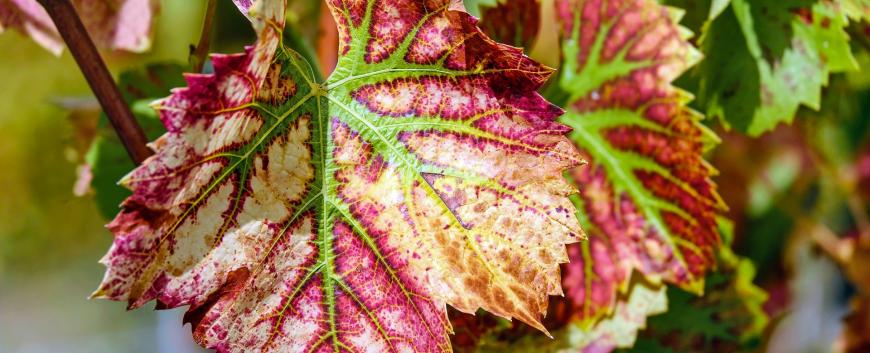
Until recently, the North American Vitis species have been used as a source of resistance to grape peronospora and powdery mildew throughout the world. These sources have not achieved the objective of combining high levels of resistance with competitive quality for more than 100 years, and have therefore only achieved partial results. The reason is that the resistance of the sources used is polygenically inherited and thus gradually weakens during backcrossing to improve wine quality.
Their method consists of combining monogeneously inherited resistance genes at the immune level and using continuous backcrossing and selection to select for breeding material with competitive quality.
Our resistance varieties are Muscadinia rotundifolia, Vitis amurensis and an Uzbek powdery mildew resistant Vitis vinifera variety, Kismis vatkana. Laboratory, greenhouse and field resistance tests were used to select asymptomatic genotypes. From the material resulting from two decades of research and development work, we will deliver for in-plant testing 2 red and 2 white wine hybrids, which are the result of our breeding know-how.
Developing and testing winemaking technologies using our experimental material to produce innovative new quality products that consumers are looking for. This will widen the range of wine consumers, especially the young generation who do not consume wine. In the strictest sense, this know-how will make it possible to produce a BIO-PRODUCT, since the breeding material produced by this know-how will eliminate the need for chemical plant protection, even under epidemic conditions.
CONTACT
Pécsi Tudományegyetem | Kancellária | Informatikai és Innovációs Igazgatóság 2021.

